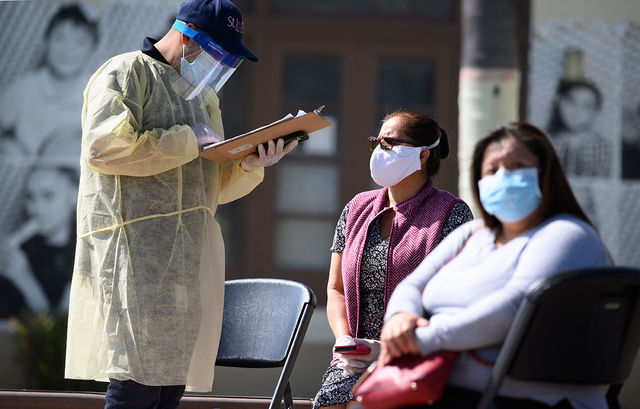
Documenting Disparity: The Challenges of Collecting Racial Data on Coronavirus
As of April 15, each of the nine people known to have died from coronavirus in Richmond, Virginia, was Black.
It’s a dire statistic—and part of a growing mountain of data proving just how prevalent and deadly COVID-19 is in communities of color, which already had less healthcare access pre-pandemic.
Earlier this month, reports from Louisiana showed that Black people made up 70 percent of deaths, compared to their 30 percent share of the population. Also in early April, Latinx people constituted 33 percent of coronavirus fatalities in New York City. Black Chicagoans are dying at a rate six times higher than their White neighbors. In New Mexico, Native Americans are less than 10 percent of the population, but a third of confirmed coronavirus cases. And Asian-Americans are slightly more likely to die from the virus than their White counterparts.
But that data mountain about disparities isn’t growing fast or evenly enough. Last week, Congress passed a $480-billion dollar coronavirus relief package that included a provision to collect and publish information about how coronavirus has affected all Americans. It built off the Equitable Data Collection and Disclosure on COVID-19 Act, previously introduced by Rep. Robin Kelly of Illinois and scores of other congressional Democrats. The relief package will require the Department of Health and Human Services and associated agencies such as its Centers for Disease Control and Prevention to collect and report data to be broken down by “race, ethnicity, age, sex, geographic region, and other relevant factors.”